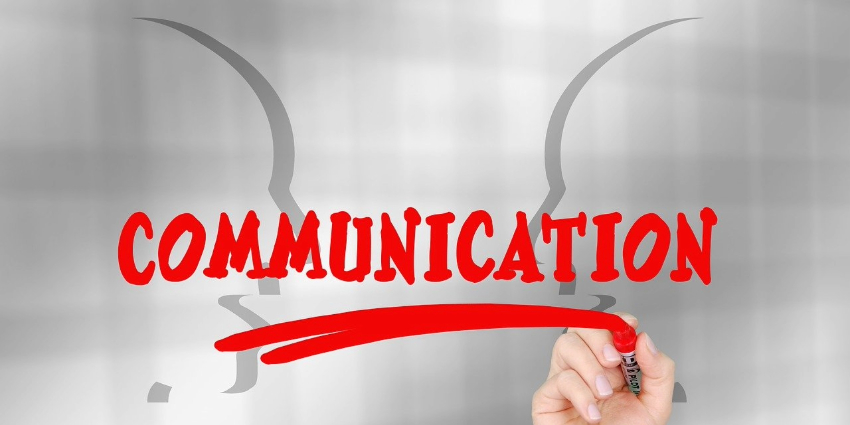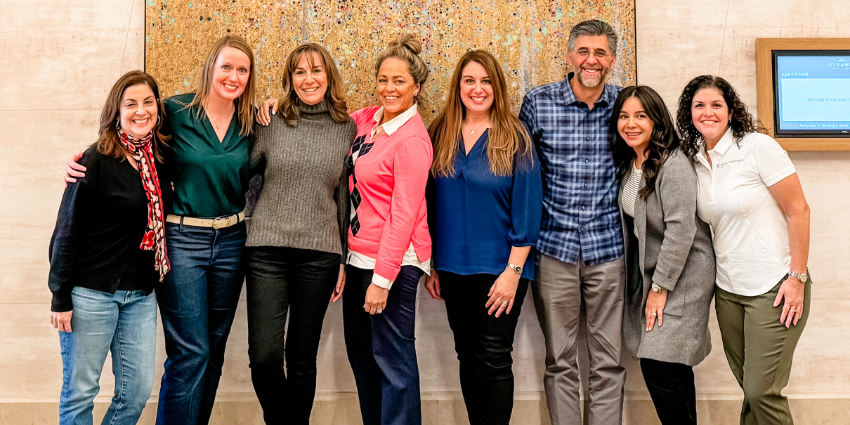When I’m contracted to speak or provide group workshops and facilitation, clients typically ask me to provide explicit “models” or “tools” participants can put into practice immediately after our sessions. Inevitably those requests focus on models such as conducting difficult conversations, successfully sequencing powerful questions, and decision-making with tempo (aka speed).
As many of our environments could be described as VUCA (volatile, uncertain, complex, and ambiguous), I wanted to share one of the models I’ve been discussing quite a bit lately. It’s not new and certainly not flawless, but you might find it helpful (or a helpful reminder) when making your next decision in this VUCA world of ours.
THE OODA LOOP
Similar to other problem-solving methods, the OODA loop is a four-step interactive process that involves observing and measuring results, reviewing and revising the initial decision, and taking the next step forward. The process is not always simple or linear and more than a few critics state decisions made using this model result are made too quickly. I’ll let you evaluate the value for yourself. Below are the Four Steps:
Observe: The first step is to identify the problem or threat and gain an overall understanding of the internal and external environment. In your world, this can be equated to data gathering, where all of the information regarding the current organizational state, any competitors, and the market is gathered. A word of caution: all data is a snapshot in time and needs to be treated as such. Therefore, information must be gathered as quickly as possible in order to be prepared to make timely decisions based on the findings.
Orient: The orientation phase involves reflecting on what has been found during your observations and considering what should be done next. It requires a significant level of situational awareness and understanding in order to make a conscious decision. Since some decisions are unconscious, or instinctual, this step involves considering what and why decisions are made prior to choosing a course of action. A word of caution: remember to incorporate added response times associated with team feedback on the observations of your findings.
Decide: The decision phase makes suggestions towards an action or response plan, taking into consideration all of the potential outcomes. This can be accomplished through meetings or discussions that are focused on creating a roadmap for the entire organization or even just for your group.
Act: Action pertains to carrying out the decision and related changes that need to be made in response to the decision. This step may also include any beta testing of sorts before officially carrying out the action.
Utilizing the OODA Loop allows for quicker, more streamlined decision-making processes and it helps us shorten reaction time. It helps us focus on certainty, what we know at the time, rather than uncertainty and complete speculation.
Give it a try and let me know what you think of the model. And if you use this model already, send me a success story; I’d love to share it!













